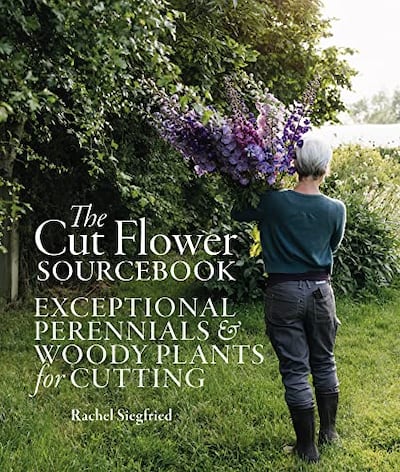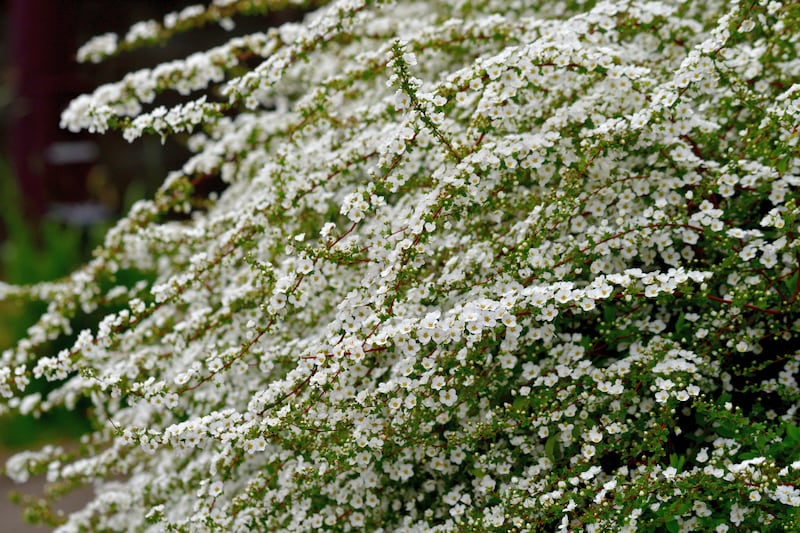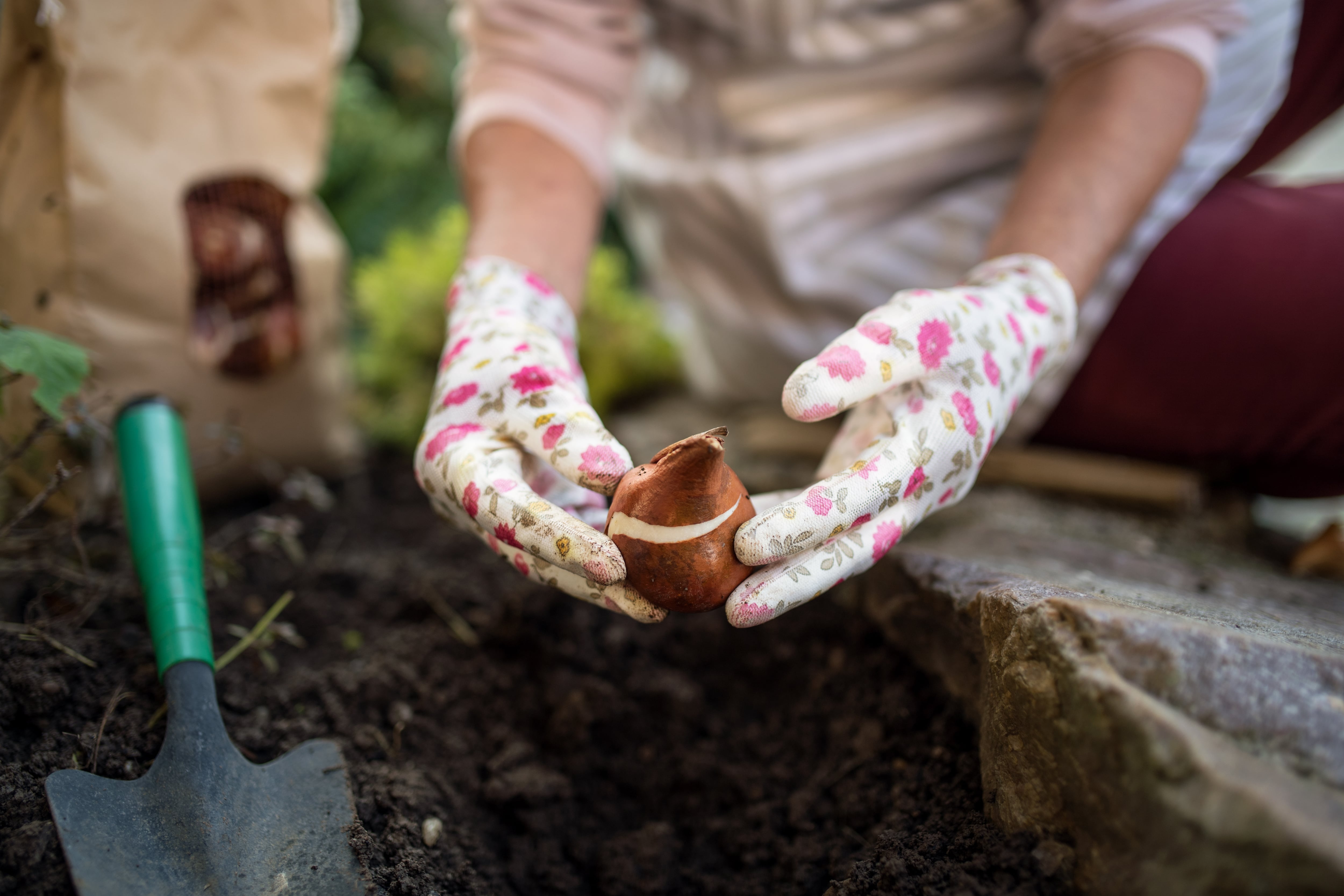If you’re a gardener who adores flowers, then you’ll know the importance of growing varieties selected for their garden-worthiness. These are the plants that earn their place by virtue of their vigour, ease of cultivation and dependability, their generally undemanding nature and their long season of interest. Somehow, they keep going where others falter, withstanding bitter frosts, sodden deluges and searing droughts in the kind of way that makes seasoned gardeners regard them with a mixture of awe, respect and gratitude.
Those very same stalwart qualities are prized every bit as much by those who grow cut flowers as a commercial crop. Long flowering season? Check. Floriferous? Check. Tolerant of a variety of growing conditions? Check. Resistant to pests and diseases? Check. As pretty in the vase as they are in the garden? Check.
All of which explains why there’s such a healthy cross-pollination between the two worlds, with many plant varieties originally bred for the cut-flower industry quickly making it onto the must-grow list of discerning gardeners. It’s also why the internationally respected gardener, grower and flower-farmer-florist Rachel Siegfried’s new book The Cut Flower Sourcebook: Exceptional Perennials and Woody Plants for Cutting, is such a brilliantly useful read, even if you’re the sort of gardener who grimaces with horror at the very thought of your beloved garden flowers being plucked for a vase.
Siegfried properly cut her professional flower-growing teeth while tending a privately owned walled garden in the Cotswolds in the UK, where the brief was to provide a range of fresh produce for the “big house”. That experience opened her eyes to the unexplored possibilities of seasonal cut-flower growing, leading her and her partner Ashley to subsequently set up their own two-acre market garden Green and Gorgeous in Oxfordshire in 2007. While they also grow a range of delicious vegetables, it’s for its exquisite garden-style flowers and Siegfried’s near-encyclopaedic knowledge of how to select and grow the very best varieties that the business has subsequently become so well-known.
READ MORE
We’re all familiar with the kinds of Instagram gardening feeds that feel like nothing more than an endless series of picture-perfect images. That’s not the case with the Green and Gorgeous Instagram feed @gandgorgeousflowers, which – while undeniably beautiful – also charts the skill, passion and hard work required to bring her flowers to life in a way that will chime with all gardeners.
Siegfried soon made the decision to put the focus on resilient species, or what she calls ‘trusty performers with a relaxed attitude and natural style’
Of course, nobody understands the challenges of gardening better than a professional grower whose very livelihood depends on healthy, vigorous plants. As befits someone who grows flowers for a living, Siegfried is a clear-eyed realist with a very finely-honed sense of exactly what makes a plant garden worthy. But just as importantly, she’s also an environmentally minded grower (the very reason she first started growing cut flowers was to offer a local, planet-friendly alternative to the abundance of imported blooms).

So when she was confronted with the complex challenges of climate change, as well as the practical demands of ensuring a steady supply of cut flowers for her business throughout the growing year, she soon made the decision to put the focus on resilient species, or what she calls “trusty performers with a relaxed attitude and natural style”.
It’s Siegfried’s increasing use of these long-lived varieties of hardy bulbs, perennials, climbers, ornamental grasses, trees and shrubs over the kinds of short-lived, high-maintenance annuals more typically associated with cut-flower growing that makes her work so interesting to gardeners. As extreme weather events become more frequent and growing short-lived annuals becomes more and more of a costly, labour-intensive, time-consuming gamble requiring the use of heat, compost, regular tilling of the soil plus careful cosseting to get the plants through late spring frosts and summer droughts, many of us are searching for easier, more sustainable, longer-term alternatives.
A supremely practical, dirt-under-the-fingernails seasonal guide based on long years of experience, Siegfried’s new book does just this by highlighting 128 resilient, floriferous, long-lived species – hardy bulbs, perennials, climbers, grasses, and trees and shrubs – that can be counted on to perform well for a long time with only minimal intervention required on behalf of the gardener.
Some of the plants that feature on her list are well-known cottage garden-style species – examples include Alchemilla mollis or lady’s mantle; Anemone x hybrida or Japanese anemone; Silene vulgaris or bladder campion; Clematis tangutica or golden clematis; Brachyglottis “Sunshine” or Senecio; common hawthorn or Crataegus monogyna; Philadelphus or mock orange – that some gardeners unfairly turn their noses up at.
Unfortunately, these are the sort of hardworking, decorative plants whose impressively good-natured urge to grow no matter what the growing conditions has left them vulnerable to a certain kind of silly garden snootiness that values exclusivity above all else. I say silly, because these are the very kinds of plants that have proven their ability to stay the pace, even as the challenges of climate change increase.
Others that make it onto her shortlist won’t be as readily familiar. Shrubby examples include Spiraea thunbergia, commonly known as baby breath spiraea, a very pretty, early spring-flowering, pollinator-friendly deciduous shrub that Siegfried prizes for its snowy white flowers that appear with abundance in early spring and for its vibrantly colourful autumn foliage.

Long-lived, hardy, very easy to grow and with a graceful growing habit, it likes a moist soil but will tolerate drought once well-established. Others include a very pretty white-flowering currant known as Ribes sanguineum, “Elkington White”; an unusual variety of berberis called Berberis “Georgei” that Siegfried singles out for its yellow and coral-red berries, and the pink-catkinned Salix gracilistyla, “Mount Aso”.
There are plenty of useful tips on creating your very own seasonal foam-free arrangements, as well as oodles of photographs of mouth-wateringly gorgeous arrangements
As for her list of resilient perennials, it’s a long one that includes many kinds of sanguisorba; the ornamental thistle known as Eryngium, “Blue Glitter”; the graceful and impressively drought-resistant Gaura lindheimeiri; greater masterwort or Astrantia major; varieties of toadflax or Linaria, different kinds of echinacea, including the oh-so-graceful Echinacea pallida; and the pretty goat’s rue or Galega officinalis.
Her book’s excellent plant directory aside, Siegfried also gives great tips on propagation by seed, cuttings and division – all skills that make the business of creating a garden so much cheaper as well as far more meaningful and joyful. Seasonal tasks are well covered too, from the importance of spring mulches to the summer art of “cut and come again” to produce a second flush of flowers, and the pleasures of home seed saving in autumn.
Of course, there are plenty of useful tips on creating your very own seasonal foam-free arrangements, as well as oodles of photographs of mouth-wateringly gorgeous arrangements created by Siegfried exclusively using material from her flower farm. Very generously illustrated with lushly atmospheric images by the well-known photographer Eva Nemeth (herself a keen gardener) and published by Filbert Press, it’s destined to become a gardening classic.
This week in the garden
Late April is an excellent time to sow all kinds of vegetables, either directly into their growing spot in the garden or into trays/small pots under cover and with gentle heat in the case of heat-loving varieties such as courgettes, pumpkins, squash, sweet corn and French beans. For an excellent hands-on monthly online guide to vegetable growing in Ireland, check out the blog of the Dublin-based organic gardener Nicky Kyle (nickykylegardening.com).
Unless your garden is a very mild, sheltered one, resist the temptation to plant out summer bedding until at least the middle of May as just one late frost will kill these tender plants. If that piece of advice comes too late, then have some horticultural fleece to the ready on cold nights and where possible, place pots under shelter.
Dates for your diary
Sunday, April 23rd, 2023 (11am-4pm), Fota House and Gardens, Fota, Co Cork, Fota House Annual Plant & Garden Fair, with many of the country’s best specialist nurseries in attendance, admission €5, see fotahouse.com


















